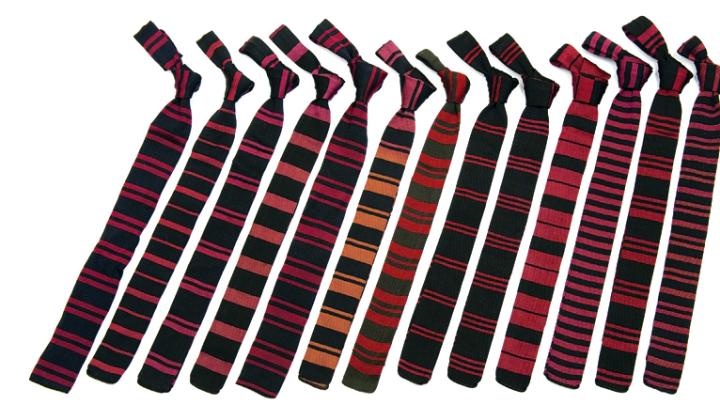
Photograph by Kris Snibbe/Harvard News Office
The new spirit house at Adams House
Darting a glance at the structure at right, avian visitors to Randolph Courtyard at Harvard’s Adams House might tweet with delight that so impressive an edifice had been provided for their use this nesting season. But inspection reveals that the building is not up to birdhouse code. The entrance hole is too large for exclusivity and protection from predators. As a feeding station, it is not effective either. Sean Palfrey, the co-master of Adams House, has put thistle seed in it, but to no great acclaim from the birds. And that isn’t the house’s role in Thailand, where it was made.
“Many homes and workplaces in Thailand and surrounding countries,” Palfrey explains, “have beautiful spirit houses outside them as a traditional way to keep happy the spirits that are part of their age-old belief system of animism, later existing side by side with Buddhism in many places in Southeast Asia. People believe that the spirits can bring both good and bad luck and need to be acknowledged and honored.
“Adams House likes to celebrate all sorts of belief systems,” says Palfrey. “I searched and found several sources for a spirit house in this country, and Jorge Teixeira, our superintendent, put it up for us with its front door facing east toward the rising sun. Randolph Courtyard is a beautiful garden and should be a good place for most creatures, spirit or otherwise.”
* * *
Necktie speak: Primus has had an edifying letter from Warren M. “Renny” Little ’55, of Cambridge. “Chester M. Pierce ’48, M.D. ’52, proudly wears his football tie in his portrait lecturing in the Ether Dome at MGH [The College Pump, January-February, page 64],” writes Little, “although artist Stephen Coit has taken the license of lengthening the notoriously short original tie. When Pierce was in college, ties and coats were required on campus, and varsity letterwinners in major sports were easily recognized by their black knit ties with distinguishing red stripes. Minor sports had a generic striped knit tie. It was not difficult to identify the major sport being represented when there were only five (football, track, hockey, crew, and baseball), but as new sports obtained varsity status (and now there are 41), the number of stripe combinations proliferated bewilderingly. Fashions and dress codes changed, however, and my guess is that by the mid 1980s, these knit ties were no longer being made or often worn. A few old grads still sport their ties, although the iconography of them escapes today’s undergraduates.”









